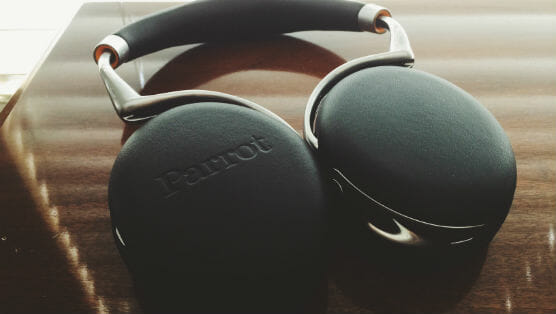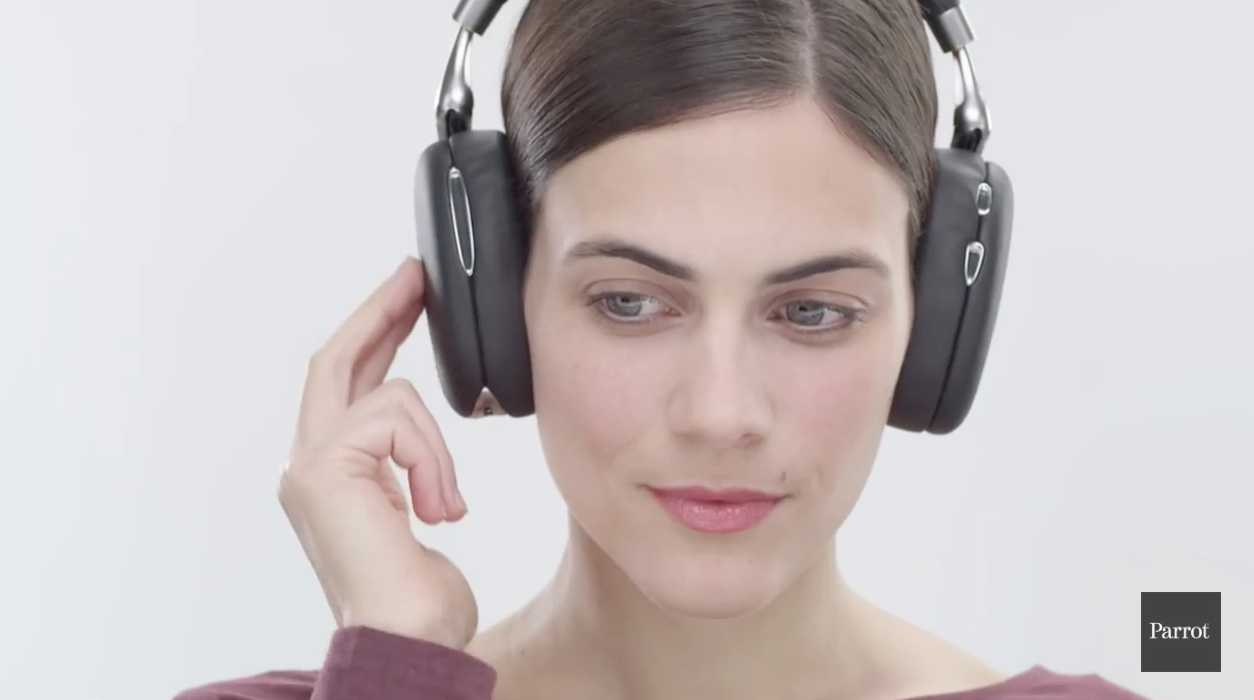Parrot Zik 2.0: Technology-Forward Wireless Headphones

A pair of headphones, for a lot of people, is something extremely personal—just like a pair of shoes or glasses. Anything you’re wearing for hours at a time needs to be comfortable and reliable.
The first time I saw the new Zik 2.0—Bluetooth, noise canceling, over-the-ear—headphones from Parrot, I was pretty sure they weren’t for me. Mostly because, like a pair of arctic earmuffs, they looked really big and bulky. I do love wireless headphones though and when the chance came up to test a pair out, I couldn’t resist.
Hardware
Even though the Zik 2.0’s appearance never appealed to me personally, as soon as I held the Zik 2.0 and saw them in person, I understood why someone might like them. They aren’t as bulky in person as they look in pictures.
The metal frame is nice and solid and the swivel of the ear pads exude luxury. Wearing Zik 2.0, I was definitely impressed with the comfort on my ears. It might seem simple, but getting headphones that feel good isn’t an easy task. These ones are nice in that department.
The problem I experienced after extended use was with the headband. It’s well padded, but it still caused pain on the top of my head after about 30-45 minutes every time I used the headphones. I adjusted the height and moved it around in hopes of fixing the problem, but it happened each time. This is a deal breaker for me, but I’ve heard a lot of people saying they do like the fit and feel so this will likely vary from person to person.
A compelling feature of these specific headphones is the noise cancelation. I’ve spent very little time with noise canceling headphones in the past. I just haven’t really been in situations I thought I needed them. I still don’t think they’re essential, but the Zik 2.0 has nearly changed my mind on the matter.
I will say, for any added size that having noise cancellation adds to the headphones is well worth it. It’s a great feature and worked extremely well. The wireless battery does take a hit because of it, however.
On the wireless front, a lot of headphones try and get clever with their controls. The Zik 2.0 still employs swipe-able controls on the right ear pad, but they actually work well. Most other headphones controls aren’t reliable or are very hard to navigate without sight. Parrot’s controls are very straight forward: up and down are for volume and left and right (or forward and back) is track skip.
The beauty of these touch controls is that even if they aren’t precisely accurate—which they mostly are—they fail gracefully. Meaning, if I drag my finger up on the right ear pad for an increase in volume and my finger reaches the top and I still want it louder, I just drag up again. It works as expected, even within a realm of possible expectations.
-

-

-

-

-

-

-

-

-

-

-

-

-

-

-

-

-

-

-

-

-

-

-

-

-

-

-

-

-

-

-

-

-

-

-

-

-

-

-

-











































